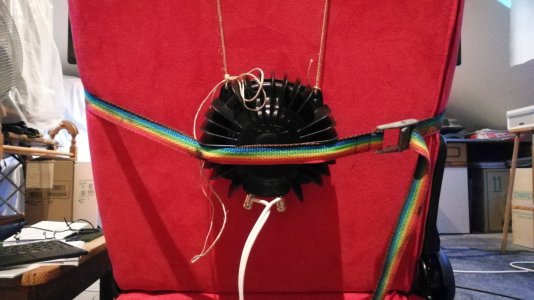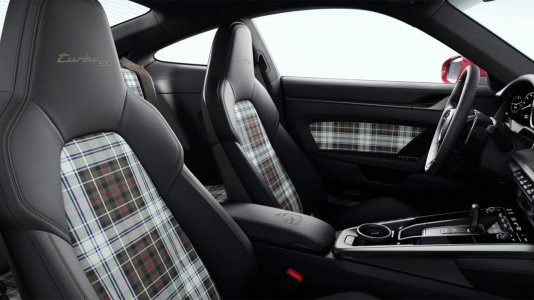Hi there,
I'm considering building my own bass shaker set using a couple of these shakers:

 www.soundimports.eu
www.soundimports.eu
One of them will be bolted directly under the pedal tray. The other one, I intend to attach it to the bottom of my OMP TRS-E bucket seat.
The bottom of the seat is a flat fiber surface, which looks like the perfect spot for the rear bass shaker. The ideal solution would be to drill some holes to the bottom of the seat and bolt the shaker in place. However, I'm not sure I'll be able to remove all the cushioning to do so, plus I'm afraid the fiber might crack.
I was considering as the easiest solution to just stick the shaker to the bottom surface with velcro tape, double sided tape or even just some glue. Not ideal, but much faster.
Do you think this might be a good solution or it can bring problems? Not sure if the fact of having a layer of tape between shaker and the actual bottom of the seat might create undesired vibrations and rattles or dampen excessively the effect of the shaker.
I'm considering building my own bass shaker set using a couple of these shakers:

Order Dayton Audio BST-1 Bass Shaker
Buy the BST-1 online at SoundImports ✓ Same day shipping ✓ Low shipping rates
One of them will be bolted directly under the pedal tray. The other one, I intend to attach it to the bottom of my OMP TRS-E bucket seat.
The bottom of the seat is a flat fiber surface, which looks like the perfect spot for the rear bass shaker. The ideal solution would be to drill some holes to the bottom of the seat and bolt the shaker in place. However, I'm not sure I'll be able to remove all the cushioning to do so, plus I'm afraid the fiber might crack.
I was considering as the easiest solution to just stick the shaker to the bottom surface with velcro tape, double sided tape or even just some glue. Not ideal, but much faster.
Do you think this might be a good solution or it can bring problems? Not sure if the fact of having a layer of tape between shaker and the actual bottom of the seat might create undesired vibrations and rattles or dampen excessively the effect of the shaker.
Last edited:











